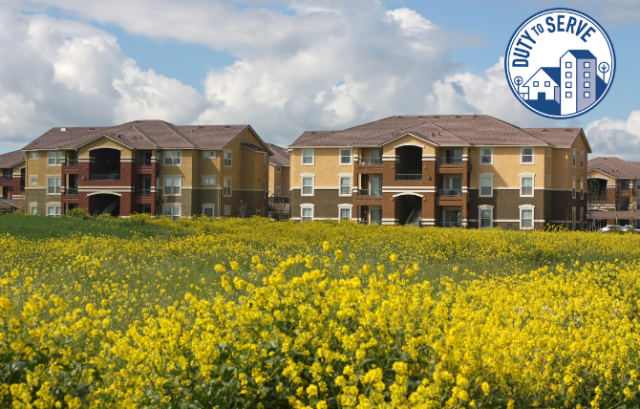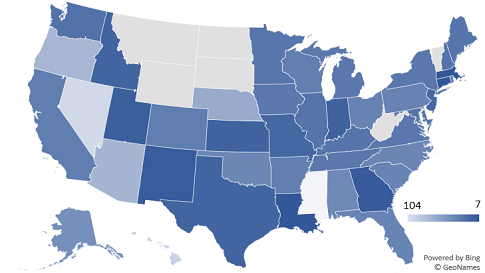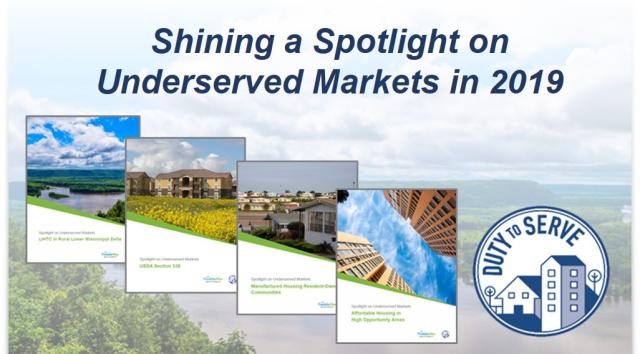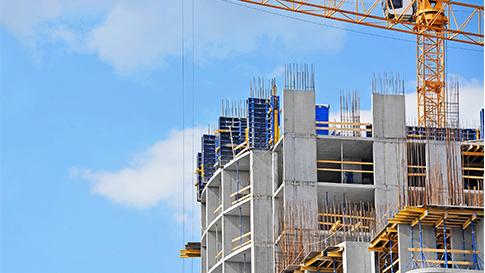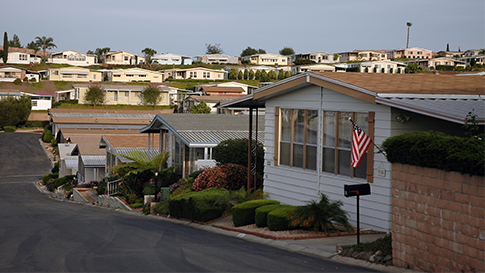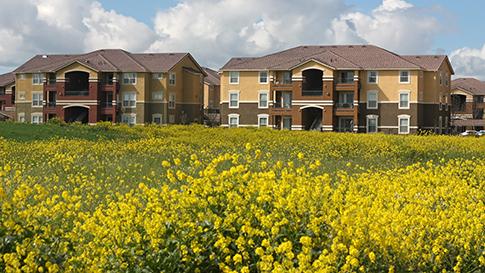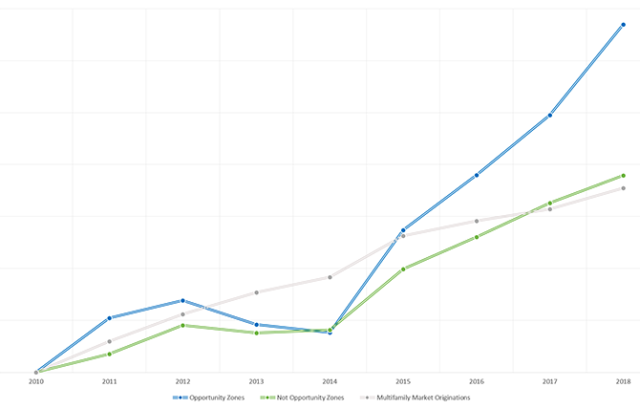Duty to Serve
High Opportunity Spectrum
In this report, we explore alternate methods of identifying areas that could provide economic opportunity to renters, recommending that opportunity be viewed as a spectrum rather than a binary choice.
-
Insight | July 11, 2022
LIHTC at Risk
In this report, we examine what happens to units once they leave the LIHTC program and are no longer subject to LIHTC affordability restrictions. More
-
Insight | December 18, 2020
A Study of Mixed-Income Housing in Areas of Concentrated Poverty
Deliberate efforts to construct mixed-income properties for the purpose of deconcentrating poverty is still a relatively new concept. More
-
Insight | December 10, 2020
LIHTC in Rural Persistent Poverty Counties
Rural areas of our nation's Persistent Poverty Counties are home to 7.9 million people. Developing unsubsidized rental housing in these areas is especially challenging. More
-
Insight | December 20, 2019
Furthering Opportunity in Areas of Concentrated Poverty
Many of our nation's ACPs are in the midst of economic revitalization, which can benefit the community as long as affordable housing is not lost in the process. More
-
Insight | December 12, 2019
Affordable Housing in High Opportunity Areas Defined in State LIHTC QAPs
How do high opportunity areas correlate to access to education, jobs, healthcare and transportation? More
-
Insight | December 5, 2019
Shining a Spotlight on Underserved Markets in 2019
The challenges of providing affordable housing are far-reaching and persistent. Freddie Mac's three-year Duty to Serve plan describes how we will help increase rental and homeownership opportunities... More
-
Insight | December 3, 2019
Affordable Housing in High Opportunity Areas
High opportunity areas are found all over the country and are home to roughly 18% of the population. In this Duty to Serve report, we look at three properties to better understand local efforts and successes in developing affordable housing in high opportunity areas. More
-
Insight | November 18, 2019
Manufactured Housing Resident-Owned Communities
Although the MHROC market is quite small, it plays an important role for residents in these areas. More
-
Insight | November 6, 2019
USDA Section 538
Safe, decent, affordable rental housing is an important resource for rural communities across the country. In our latest Duty to Serve report, we look at the role the Section 538 program has played in addressing rental affordability. More
-
Insight | October 24, 2019
LIHTC in Rural Lower Mississippi Delta
The Rural Lower Mississippi Delta region is home to 5.2 million people and spans eight states from Illinois to Louisiana. It is also one of the most underserved housing markets in the country. More
-
Business Analysis | May 7, 2019
Increasing Support for Opportunity Zones
The share of our business in Opportunity Zones has substantially outpaced the growth of business outside these zones. More

